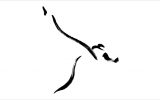Designer: G20 Summit Logo Presents China in a ‘Poetic Way’
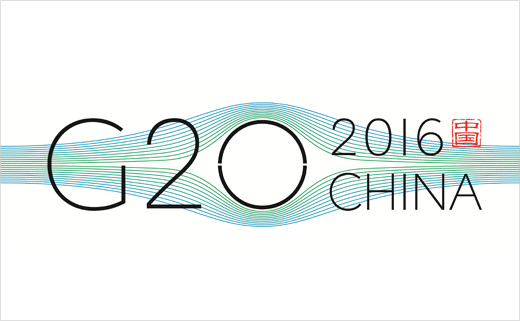
As world leaders prepare for the G20 summit in the Chinese city of Hangzhou, the event's logo is becoming more and more visible in the media and on signage in public areas – not to mention on various kinds of stamps and souvenirs.
Incorporating the image of a bridge, as well as the imprint of a traditional Chinese seal, the logo has been designed by Yuan Youmin of the China Academy of Art in Hangzhou and his design partners Fang Hongzhang and Sui Huanchen.
Originally from Anhui Province, Yuan first arrived in Hangzhou as a high school graduate. "At that time, the West Lake impressed me most with its arched bridges," he says.
Hangzhou's bridges were praised by the 13th century Italian traveler Marco Polo, who described Hangzhou as a city with a thousand bridges.
"Some have asked me which bridge inspired the logo. Well, I should say that it is a bridge of the spiritual level," Yuan explains. Bridges serve to connect people and locations, "just as the G20 brings East and West together in dialogue," he adds.
The bridge shape is composed of 20 lines, while the arch doubles as a circle by being reflected in the centre of the logo.
"The 20 lines represents the 20 members of the group, and the round arch implies that it is a round table meeting in which all are equal," says Yuan.
The accompanying red seal, with its characters spelling "China", is also critical for Yuan as it "carries the meaning of promise, as seals represent contractual relationships," he says.
"We want to present Chinese elements in a poetic, natural and concise way," Yuan concludes.
Following the publication of the logo in December 2015, the design team spent an additional three months producing a series of handbooks to serve as identity guidelines.
Yuan says graphic design in China is shifting from simply copying Western styles 30 years ago to now creating indigenous Chinese motifs.
"Hopefully our G20 logo can heighten public awareness of graphic design," he says. "A good design is a carrier of culture, boasting both utility and beauty."
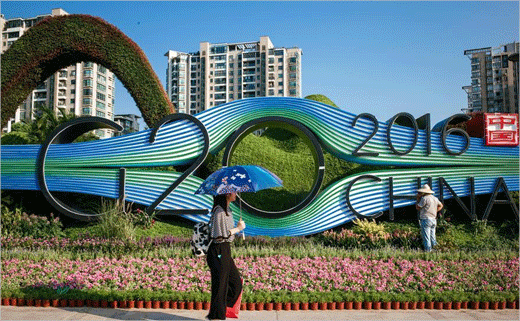
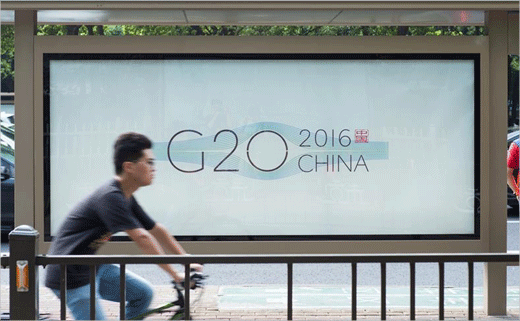
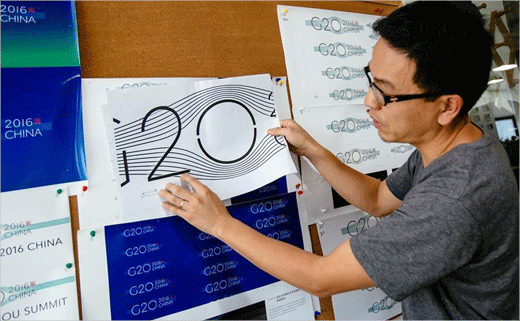
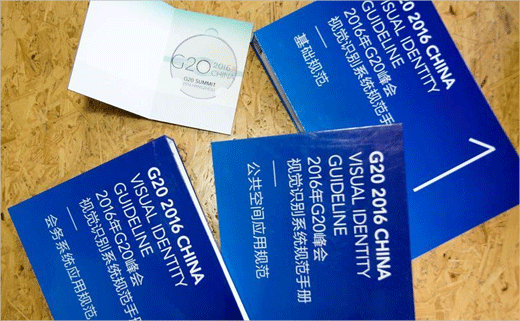
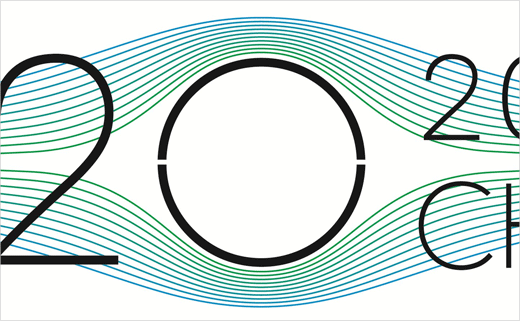
Photos: Xinhua


